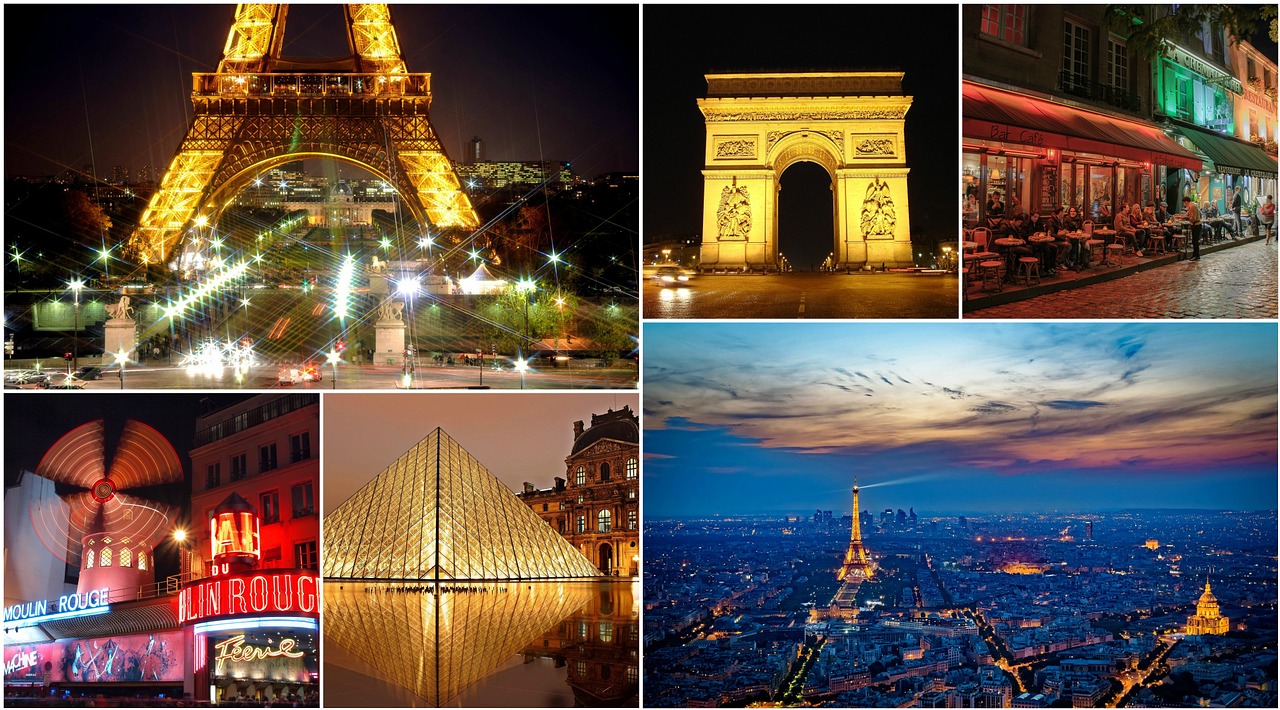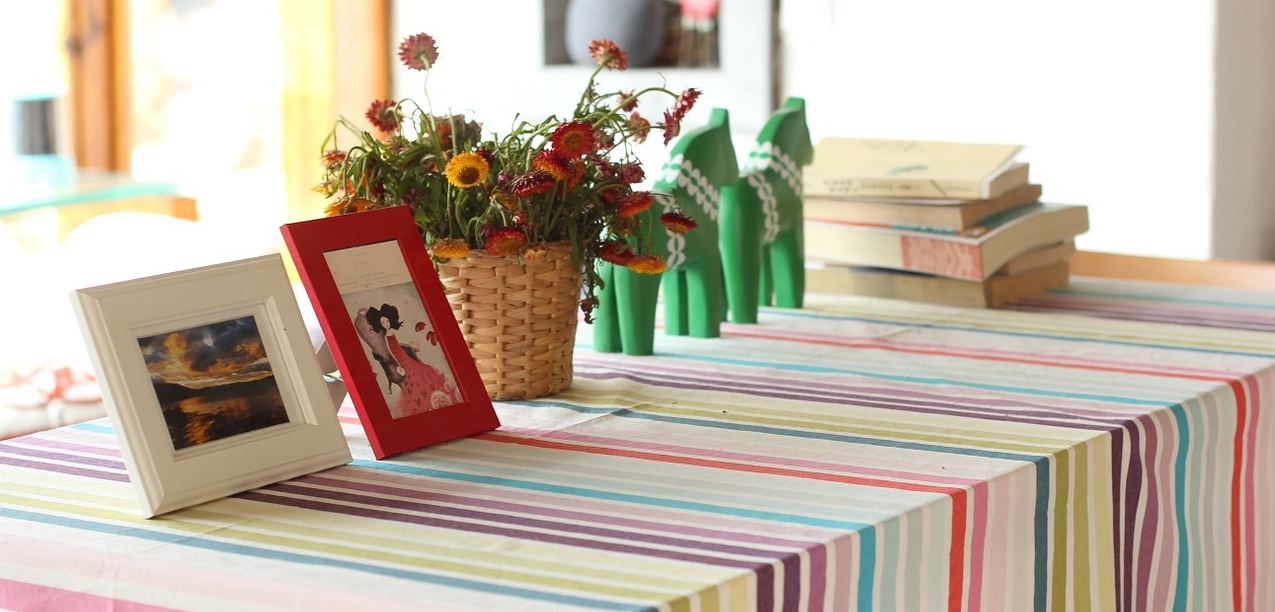Saturday morning July 27th, 2019. I scoop the Jakarta Post from the porch on the way out. “That’s funny.” I halt. “Why would they have a picture of a wintery mountain road with traffic skidding through the snow on the front page?”
It’s not until I notice the image next to it that I realise: “It isn’t snow at all!”

These are pictures of the eruption of Mount Tangkuban Perahu the day before, around 150 kilometres east in Subang Regency.
The image of ash clouds exploding into the air sets the scene. The “snowy” mountain road makes me almost taste the metallic smell of dust and grit. Makes me practically feel the hot grainy breath of the volcano chasing me.
Pictures are special. They can say more than a thousand words¹. And they can carry an awful lot of meaning. Meaning in the broadest sense of the word. For millions of people. But also meaning in a very personal way, sometimes even limited to a single beholder.
And as such, pictures are a perfect tool to help you (re)discover who you are and find out what you want.
1. What’s the general idea?
The general idea is that you search for images that somehow resonate with you in a positive way. In magazines, newspapers, online, among your own pictures, etc.
Pictures of anything. Of places that make you feel good, people who inspire you, your favourite snack when you were 8, an animal that makes you laugh, that weird hobby that you’d like to try at least once, something that represents a dream, … you name it.
That’s a whole lot of pictures you could theoretically go and find! The idea is not to find as many pictures as possible, but to find enough to (1) feel a sense of ‘this is me’ when you see the pictures together and (2) trigger energy within yourself to look beyond what’s currently present in your life.
The process of searching for the pictures and – ideally – later being able to look at them again can help you connect with the many different aspects of who you are and what you want next.
2. What can pictures do?
There are a number of reasons why images are a very effective tool to use.
- The first key reason is that they can literally say more than a thousand words. You don’t have to go through the – sometimes troublesome – effort of trying to describe something that may elude description. In fact, no words are necessary at all!
- In addition, one single picture can represent many different things that are meaningful to you at the same time: an inspiring theme, a favourite colour, an uplifting setting.
- Because pictures can be so meaningful, they can help you remember things you may have forgotten about yourself. Like a lost dream or something you really used to enjoy. They act as a mirror and confirmation of who you are.
- Images that resonate with you in a positive way elicit feelings of happiness, comfort and being grounded. They act as affirmations.
- Research has also shown that regularly seeing pictures that (1) resonate with you in a positive way and (2) represent something you might envision for the future, helps you become motivated in an intrinsically ‘want-to’ instead of ‘have-to’ way. In other words, such pictures help you to really want to take a next step. This, in turn, means that it actually becomes easier to take next steps, as you move from relying on effortful self-control (e.g. self-discipline) to more effortless self-control (you do things because you really want to). This makes it far more likely that you’ll persevere and achieve your aims.

3. What kind of pictures should you look for?
Basically, look for pictures that represent anything that’s somehow a favourite or things that are special or meaningful to you in a positive way.
When you’re just starting this process, begin with pictures that represent things you really enjoyed at some point in your early past, even if you don’t enjoy them anymore. After all, they’re part of who you were and the person you’ve become today.

Here are some examples:
- your favourite book when you were 12
- what you really wanted to become when you were growing up
- your favourite past-time when you were 7
- a place that would mesmerise you as a child
- the best dream you ever had growing up
- your favourite subject in school
- etc.
Then mix these up with pictures of the more recent past and present:

- your favourite colour
- the song that never fails to move you
- the best movie you ever saw
- the last time you felt absolutely in awe
- the food you’d be willing to wake up for at 3am
- your favourite hobby (even if you don’t do it now)
- your favourite city
- etc.
Give yourself time to build a collection of such pictures before you move to the next step: the future. Note that there’s no need to have a completely clear picture of what your ideal future would look like, but you’ll probably be able to identify elements that would ideally be part it.

For example, in your ideal future:
- What would an ideal day include?
- When would you consider yourself successful?
- What would you be doing?
- How about your environment? Is it cold? Is it warm? Are there seasons?
- Who would be around you?
- What food would you start your day with?
- Etc.
Try to be as specific as possible. Now find pictures that somehow represent those elements for you.
General note: Sometimes an image ‘speaks’ to you without you even understanding why it does. Doesn’t matter. Apparently, there’s something or a combination of things in the picture that ‘click’. Keep the picture. Perhaps you’ll understand why it resonated with you at a later time.
4. How much time should you give yourself?
First of all, remember that you’re not aiming to find as many pictures as possible. Your main goal is to find enough pictures to (1) feel a sense of ‘this is me’ when you see the pictures together and (2) trigger energy within yourself to look beyond what’s currently present in your life.
Secondly, this is not a ‘do this task as fast as possible’ kind of activity. To maximise the impact of the process, you need to allow time for the pictures to evoke additional thoughts, feelings and insights.
So no use to try to do this in one day. It’s better to spread the activity out over a certain period. Look for a few pictures now and then leave them be. Look for a few more pictures in a few days or next week. Then look for a few more another few days or a week later. Et cetera …

5. Where do you keep your pictures?
Ideally, you keep your images in a place where you’ll regularly see them. You could, for example, make a collage that you can add pictures to over time and hang it on the wall somewhere. Or have different pictures in a picture holder on a desk or simply lying on a table.
If you have a computer, you could for instance include the pictures in your screensaver. Especially screensavers which allow you to rotate pictures are great for this. Whenever you take a break from your computer, your pictures will appear before you.
Depending on your personal situation, you may not want to have your pictures in a place where other people can see them. If this is the case, it’s still very useful to go through the process of finding pictures. Perhaps you can keep pictures by hiding them in a secret place. You’ll know they’re there and you can access them if you want to. If you can’t keep any pictures at all, it’s no problem. You’ll see that the process of finding the pictures will still make a difference through the mental images you have of them.
6. What’s next?
Pictures are powerful so be ready for them to generate all kinds of thoughts and feelings about what is and isn’t present in your current life. And how you would want that to be different.
Sometimes, the energy and inspiration generated by the pictures already provide a clear direction the first time people try this process. In such cases, people usually already had a hunch of the direction they wanted to take or they had some kind of revelation while they were working with their images.
Often, the process and the pictures generate thoughts and feelings that need some additional processing and reflection. In such cases, you may want to do the following:
- Stick with gathering pictures about different topics a little while longer and see what it does.
- Reflect on the thoughts and feelings evoked by the images in more depth, perhaps by doing some stream-of-consciousness writing about them (for some guidance on this specific writing technique, see the article “Burning through the fog in your mind – A tried and tested technique“).
- If taking concrete next steps seems a natural thing to do, but still a little daunting, have a look at the article “Small and simple things to start with today” for some tips and easy things to start with.
- And if the next steps require you to learn something that’s completely new or unfamiliar, perhaps the article “Too much to learn? Here’s what to do …” can help with some insights on how to best approach your learning process.
Footnotes
Several sources were an inspiration for this article, most notably the following.
- For a tantalising way of looking at pictures => Mitchell, J.W.T. (2006). What Do Pictures Want? – The lives and loves of images. Chicago, Illinois, USA: The University of Chicago Press.
- For underlying psychological dynamics of effortful versus effortless self-control => Werner, K.M., & Milyavskaya, M. (2019). Motivation and self-regulation: The role of want-to motivation in the process of underlying self-regulation and self-control. Social and Personality Psychology Compass, 13(1).
- For some very creative and inspiring questions to help you search for pictures => Cameron, J. (2016). The Artist’s Way – A spiritual path to higher creativity. New York, USA: Penguin Random House.
1. It is often said that the original quote goes “one picture is worth ten thousand words” and that it should be attributed to Fred R. Barnard, Printers’ Ink, who appears to have made this statement in 1927. However, he himself refers to Asian origins of this quote, while the Phrase Finder website (https://www.phrases.org.uk/meanings/a-picture-is-worth-a-thousand-words.html) mentions that the original source is unknown. Note that the earliest quote they found in American press was one dated in March 1911 by newspaper editor Arthur Brisbane to the Syracuse Advertising Men’s Club: “Use a picture. It’s worth more than a thousand words”.
